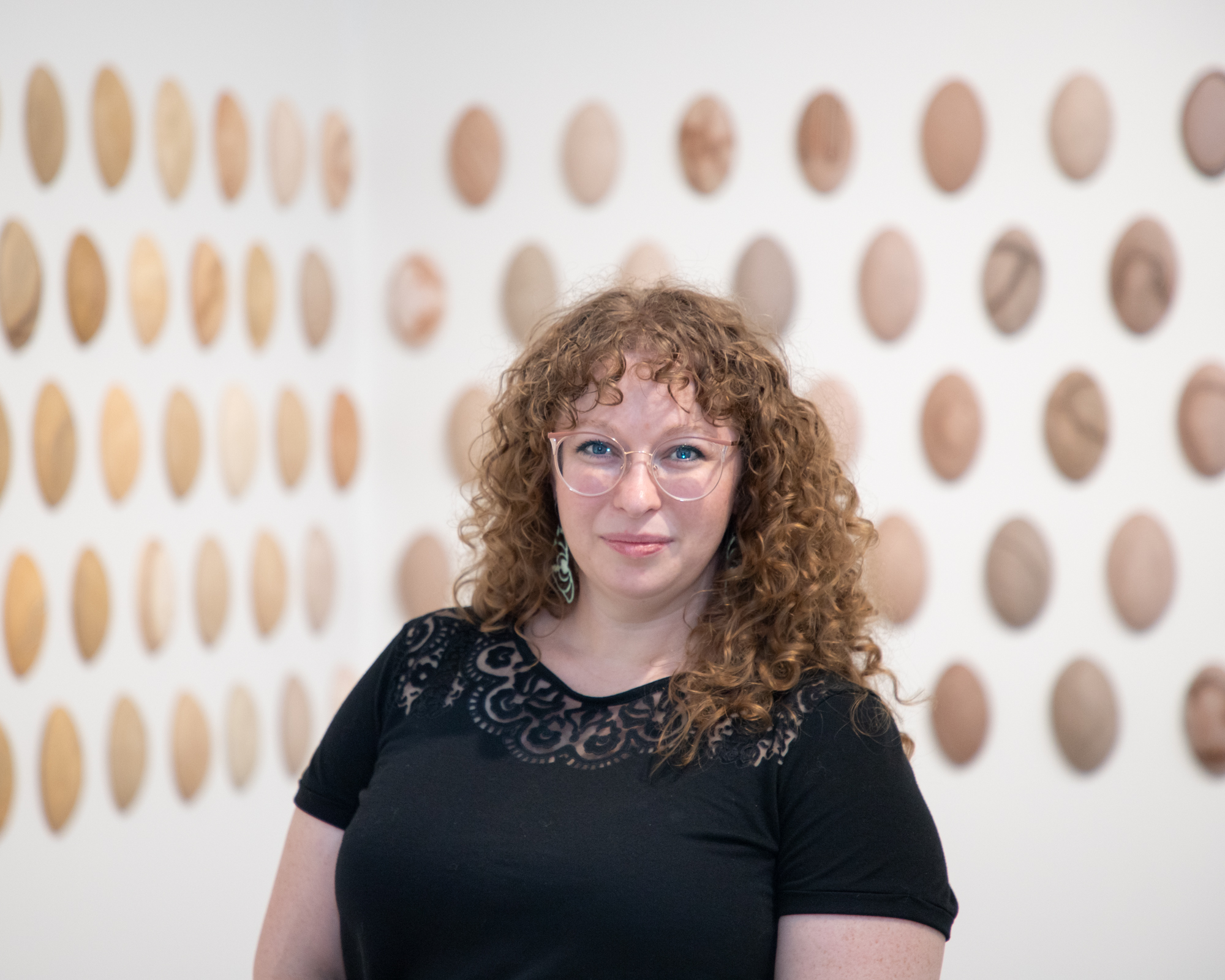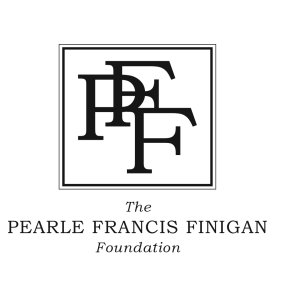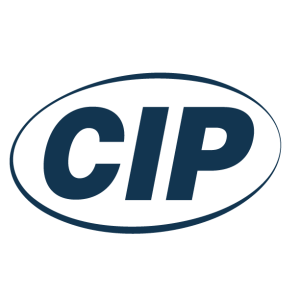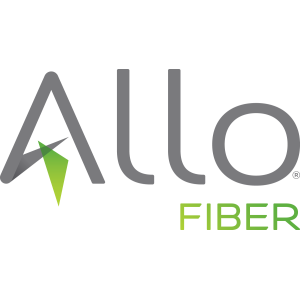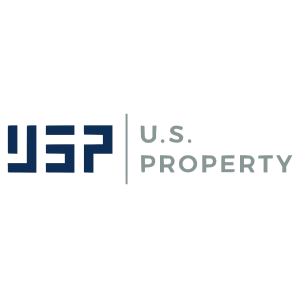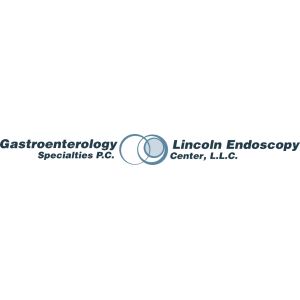Elaine Buss
Elaine Buss
Elaine Buss grew up in the wide-open prairie fields of Lively Grove, Illinois. Her installations and sculptures explore ambiguity and the nondescript, specifically in relation to the sensory, ineffable, and intangible experience of inhabiting a human body. She earned an MFA at Ohio State University (Studio Art, 2018) and a BFA at Southern Illinois University Edwardsville (Ceramics, 2010). Elaine currently serves as Foundation Faculty at Kansas City Art Institute. Her metaphorical approach to materials has garnered multiple recognitions; highlights include the
Inspiration Grant (ArtsKC, 2022), Ceramics Monthly Emerging Artist Award (2019), The International Award for Visual and Performing Arts (Ohio State, 2016), and an ArtistInc Fellowship (Mid-America Arts Alliance, 2015). Elaine exhibits internationally and her work is held in collections such as Honos Art (Rome, Italy), Belger Collection (Kansas City, MO), Baggs Library (Columbus, OH), and C.R.E.T.A.Rome (Rome, Italy). She is a 2022-2024 Charlotte Street Foundation Resident in their interdisciplinary program.
To create my forms, I decontextualize historical utilitarian objects. My references include ancient grinding stones, water pipes, vertical loom weights, arches, and building fragments, among others. Anthropological sources provide a place of empathy with past humans and a way to understand my own humanity more thoroughly. I choose objects that reveal direct logic, touch, or process and then use the same visual language in my own forms. The resulting sculptures are not meant to allude to any specific origin or culture, but rather remain anonymous and elusive. I find mystery to be one of the most compelling emotions, and I try to arrive at a sense instead of a certainty in my work. It is humbling to be reminded that there is still much beyond our empirical grasp. The ambiguous forms that I create relate to my own ineffable experience as a human; they assure me that it’s ok to exist in the space of the indeterminate.

